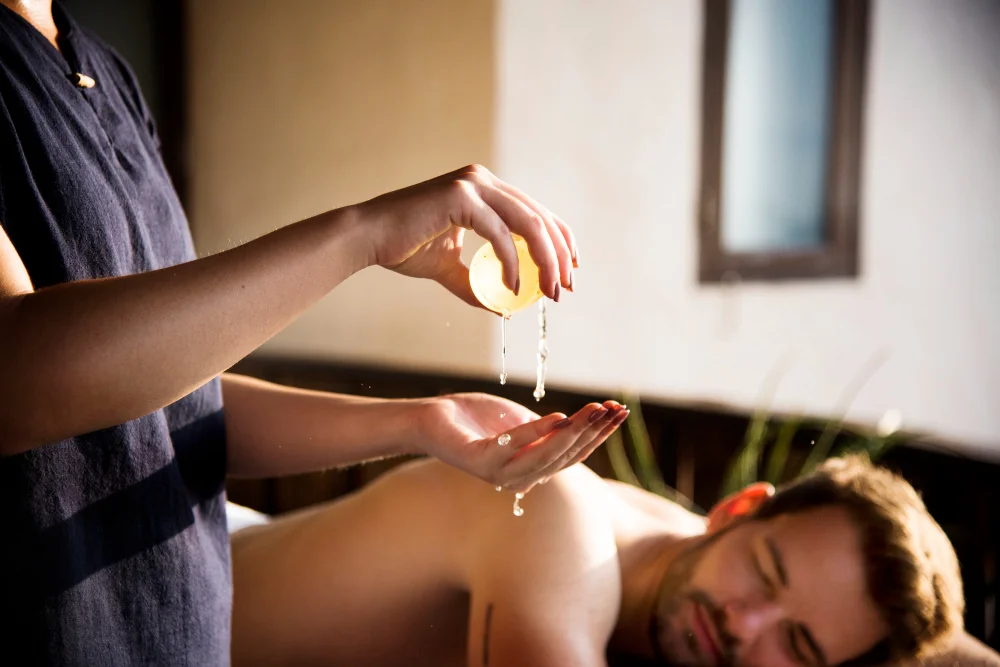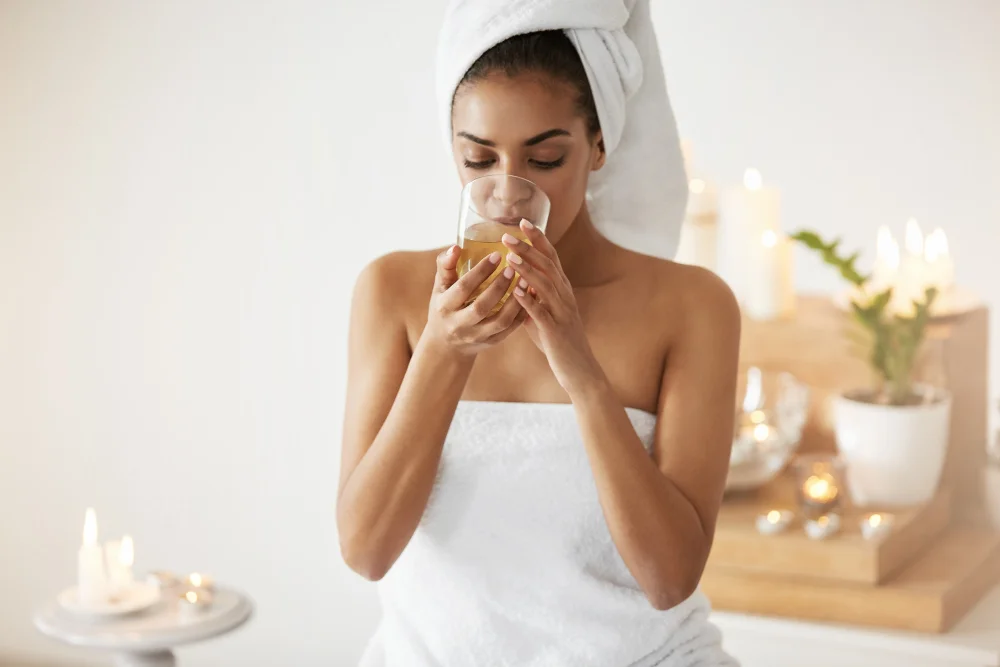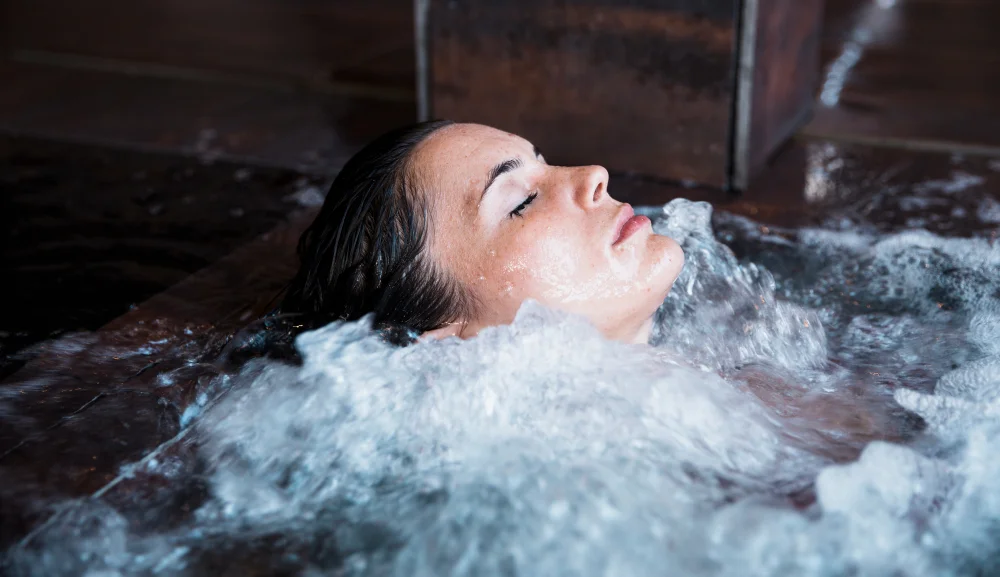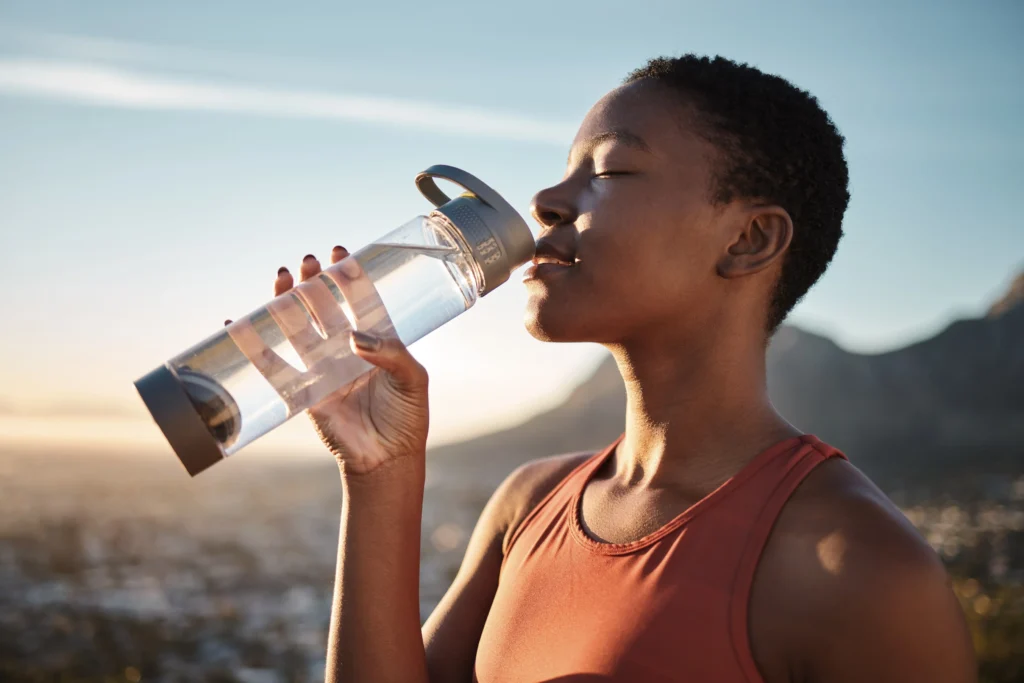With the relaxation and relief that follows a massage, it’s easy to overlook one important aspect: hydration. After a massage, your body has experienced various physical manipulations that can lead to the release of toxins and the need for replenishment. By drinking water, you not only help to flush out these toxins but also support your muscles and joints in recovering more effectively. Understanding the importance of staying hydrated post-massage will enhance your overall wellness experience and ensure the benefits of your session last longer.
The Science of Hydration: Why Water Matters

Water is necessary for nearly every function in your body, from regulating temperature and transporting nutrients to aiding digestion and removing waste. Over 60% of your body is composed of water, and this vital fluid plays a key role in maintaining homeostasis. Staying hydrated ensures optimal circulation, which is particularly important after a massage, as the body needs to restore balance and effectively flush out toxins released during the treatment.
Physiological Effects of Massage on Hydration Levels
Massage therapy stimulates blood circulation and lymphatic drainage, which can lead to temporary changes in your body’s hydration levels. As muscle tissue is manipulated, fluids are displaced and can result in a decrease in local water balance. Hydration levels can be affected by how massage encourages the release of metabolic waste products, creating a larger need for water intake post-treatment.
How Massage Therapy Depletes Fluid Levels in the Body
The physical manipulation of muscles during a massage can cause fluid to be pushed out of tissue spaces into the bloodstream, which temporarily increases circulation while simultaneously depleting localized fluid levels. When tension is released and knots are worked out, the body redistributes these fluids; however, without adequate hydration afterwards, you risk the chance of dehydration as your body processes the toxins released during the session.
During a massage, pressure applied to muscles can displace interstitial fluid—the fluid that exists between your bodily tissues. As your massage therapist works on tight areas, this fluid moves toward your circulatory system, which is a natural part of the healing process. If not replaced with additional water, these fluids can stay diminished, leading to fatigue and soreness. Especially after deep tissue or sports massages that target tighter muscle groups, ensuring you drink enough water is vital to support the recovery and rejuvenation of your body’s tissues.
Replenishing Fluid After Massage: Timing and Intake

Rehydrating after a massage isn’t just about drinking water; it’s about knowing when and how much to drink for optimal recovery. Your body loses water and electrolytes during the massage process, necessitating timely replenishment. Aim to drink water within 30 minutes after your session to effectively assist with the muscle recovery process. Spacing out your intake over several hours helps maintain balanced hydration, so keep your glass handy as you go about your day.
Optimal Timing for Post-Massage Hydration
Timing is key for reaping the benefits of post-massage hydration. Consuming water within the first half-hour helps your body to quickly start the recovery process, replenishing lost fluids. Following this, sustaining a hydration schedule for several hours can prolong the benefits, enabling your body to effectively flush out toxins and reduce soreness. This structured approach maximizes the effects of your massage treatment.
Recommended Water Intake: Debunking Myths
The notion that you should drink eight glasses of water a day isn’t universally applicable, especially after massage therapy. Individual hydration needs vary based on your activity level, age, and overall health. On average, aim for between 16-24 ounces of water post-massage, adjusting according to your specific circumstances. Listening to your body remains necessary, as the best gauge of hydration is often your thirst.
Challenging the myth of a one-size-fits-all water intake means acknowledging that hydration requirements differ vastly among individuals. Factors such as workout intensity and environmental conditions may necessitate varying amounts of fluid. For instance, an athlete may need considerably more than the average person. Tools like the color of your urine can help guide your intake; pale yellow indicates good hydration, while dark yellow signals the need for more fluids. Emphasizing personalized hydration over blanket recommendations allows you to fine-tune your post-massage water intake for optimal benefits.
Beyond Water: Exploring Electrolyte Balance
Hydration extends beyond merely consuming water; electrolytes play a pivotal role in your body’s recovery after a massage. These important minerals, including sodium, potassium, magnesium, and calcium, help maintain fluid balance, support muscle function, and prevent cramps. When you sweat or receive deep tissue work, you may lose these crucial electrolytes. Replenishing them alongside water can optimize recovery, enhance energy levels, and improve overall well-being.
The Role of Electrolytes in Recovery After Massage
After a massage, your body needs to restore its electrolyte levels to support effective muscle repair and hydration. Deficiencies in these minerals can lead to muscle cramps, fatigue, and decreased performance. Integrating electrolyte-rich foods and drinks into your post-massage routine helps maintain a healthy balance, ensuring your body recovers efficiently and you feel rejuvenated.
Foods and Drinks that Aid Hydration
You can effectively hydrate through various foods and beverages that are rich in both water and electrolytes. Fruits like oranges, watermelon, and bananas are not only delicious but also packed with vitamins and minerals that support recovery. Coconut water, sports drinks, and homemade electrolyte solutions can also provide a refreshing way to replenish lost fluids and minerals post-massage.
Incorporating foods that are high in hydration content can significantly enhance your recovery process. For example, a smoothie made with spinach, banana, and yogurt not only hydrates but also delivers potassium, calcium, and magnesium. Other options include leafy greens like kale, which are full of water and nutrients, or snacks like pretzels that can help restore sodium levels. Keeping your meals balanced with these hydrating foods ensures you’re giving your body what it needs for optimal recovery after massage therapy.
Hydration Habits for Enhanced Massage Benefits

Establishing effective hydration habits can significantly enhance your massage experience and recovery. Incorporating consistent water intake into your daily routine allows your body to detoxify and keeps muscles pliable, providing deeper relaxation during and after a massage. Aim for well-hydrated skin, which further amplifies the benefits of techniques used during the session. Plus, being mindful about your hydration shows a commitment to self-care that complements your overall wellness journey. Herbal tea or warm water post-massage helps replenish lost fluids and enhances the healing process.
Daily Hydration Routines for Massage Enthusiasts
Begin each day by drinking a glass of water as soon as you wake up, kickstarting your hydration. Throughout the day, carry a reusable water bottle to track your intake. Set reminders on your phone to ensure you’re consistently sipping. Include hydrating foods like fruits and vegetables in your diet, as they contribute additional moisture to your body, bolstering your hydration beyond just water.
Best Practices to Stay Hydrated Before and After Sessions
Prior to your massage, drink a glass of water an hour in advance. This will help prepare your muscles for optimal relaxation. After your session, replenish your fluids with water or herbal tea, ideally accompanied by a light snack that offers electrolytes, such as coconut water or a banana. Avoid alcohol and caffeine immediately after, as these can lead to dehydration and counteract the benefits you just received.
To maximize hydration around your massage sessions, gauge your fluid needs based on your activity level and the weather. If you’ve been exercising or it’s a hot day, you may need extra water. Waiting until you feel thirsty isn’t always sufficient; it’s often best to drink consistently throughout the day. Finding a rhythm that works for you ensures that your body remains hydrated, allowing for smoother muscle function and deeper relaxation during massage therapy.
Common Misconceptions About Hydration and Massage

Misunderstandings about hydration and its relationship with massage often cloud your judgment and hinder your recovery. Many people assume that just because a massage feels relaxing, dehydration is not a concern. Others think they can skip drinking water post-massage, assuming their body automatically regulates hydration levels. This disregard for proper hydration can lead to unnecessary discomfort and negate the benefits that massage can provide, ultimately impacting muscle recovery and relaxation.
Separating Fact from Fiction in Hydration Advice
Sorting through hydration myths involves understanding that your body loses fluids not only through sweat but also through metabolic processes. It’s a common misconception that you can rely solely on thirst cues to guide your water intake, especially after a massage. In reality, the need for water increases as your body works to flush out toxins, regulate temperature, and replenish lost fluids from muscle manipulation.
The Consequences of Ignoring Post-Massage Hydration
Neglecting to hydrate after a massage can leave you feeling fatigued, sore, and sluggish. Muscles require adequate hydration to repair and recover properly. Without sufficient water intake, you might experience heightened muscle soreness, cramps, or stiffness, undermining the relaxation effect intended by the massage. Additionally, dehydration may lead to headaches or dizziness; thus, your overall wellness and satisfaction with the massage could be diminished.
When you skip hydration following your massage, your body struggles to transport nutrients and eliminate waste, which is important for optimal recovery. This can result in lingering soreness or tightness in your muscles, which goes against the very purpose of the treatment. Moreover, inadequate hydration can hinder your body’s ability to produce synovial fluid, vital for joint lubrication. In a worst-case scenario, ignoring hydration can lead to longer recovery times and frustratingly slow progress in your wellness journey.
Massage Hydration – Final Words
Conclusively, staying hydrated after a massage significantly enhances your recovery and overall well-being. As your muscles release tension and toxins during the massage, drinking water helps to flush these out, preventing soreness and promoting better circulation. Additionally, hydration supports the body’s natural healing processes, ensuring you feel energized post-session. By making water intake a priority, you optimize the benefits of your massage and contribute to your long-term health. So, make it a habit to drink water after each session to maximize your relaxation and rejuvenation experience.
